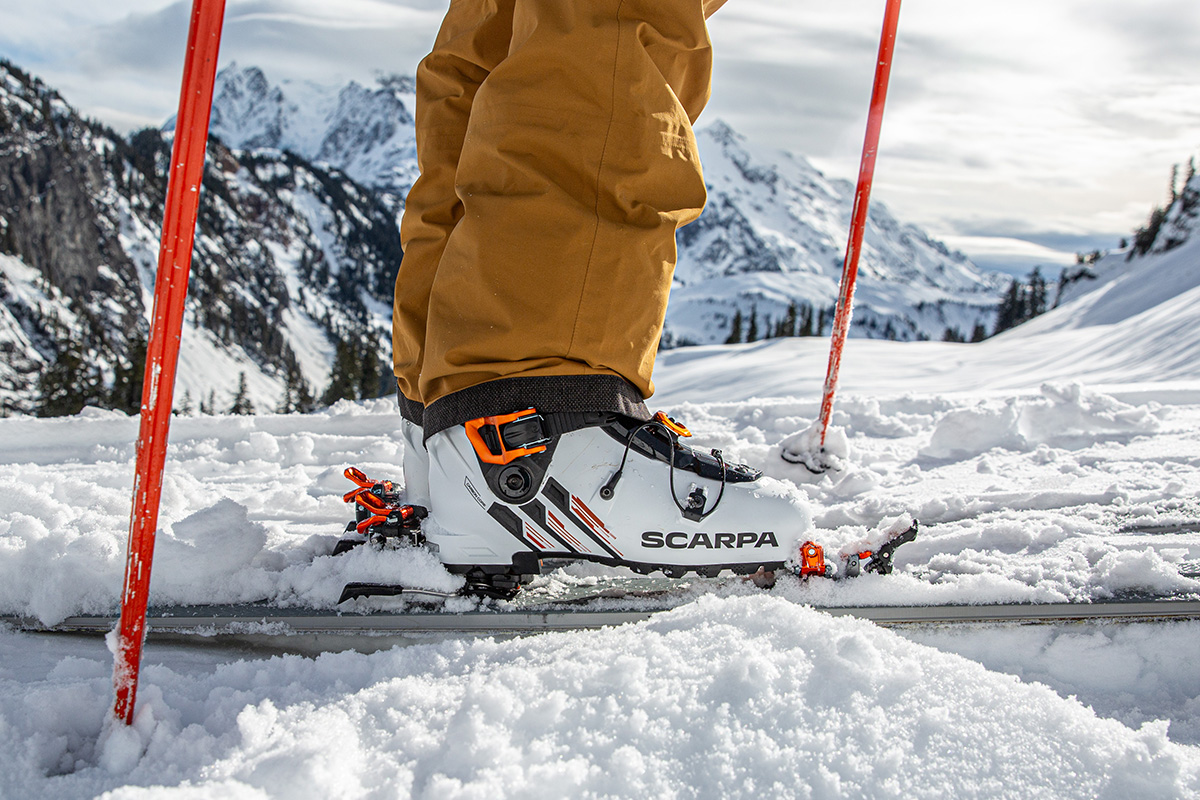

Price: $949
Weight per pair: 6 lb. 14.8 oz. (size 28)
Flex: 125
What we like: A true all-rounder that excels on both the uphill and descent.
What we don't: Not compatible with alpine bindings; we experienced friction-related issues at the ankle and heel.
See the Men's Scarpa Maestrale RS See the Women's Scarpa Gea RS
Scarpa's Maestrale RS ski boot has been a consistent leader in the backcountry ski market for years, and the beloved design received some notable updates for 2024. These focused on fit—including a wider last, revamped toe box, and narrower heel cup—as well as improvements to the hardware, making the Maestrale RS even more efficient on the skin track. After testing the boot extensively in the Pacific Northwest, we were thrilled with how deftly it handled steep ascents and tricky descents. We did come away with some comfort-related complaints (specifically at the ankles and heels) but were able to mitigate most with punching and heat-molding. Below we break down our experiences with the Maestrale RS. To see how it stacks up to the competition, check out our article on the best backcountry ski boots.
Editor's note: We updated this review on March 19, 2025, to reflect our experiences with the latest version of the Maestrale RS, which was released in 2024. All information and photos are new, reflecting our testing throughout the 2024-2025 ski season.
When it comes to backcountry skiing, the Pacific Northwest is known for its no-nonsense climbs—adventures often begin with an A-frame scramble through dense forest and end on steep mountainsides. After testing the Scapra Maestrale RS on several tours throughout British Columbia and Washington state, we've come away impressed by its mobility and support over a variety of terrain. With a 61-degree range of motion, the Maestrale wasn't restrictive when skinning or bootpacking up steep terrain, and the boots' low weight (more on this below) made it easy to execute kick turns on tight switchbacks. Finally, even with all the buckles loose to maximize range of motion and airflow, the carbon cuff provided plenty of ankle support when navigating off-camber slopes.
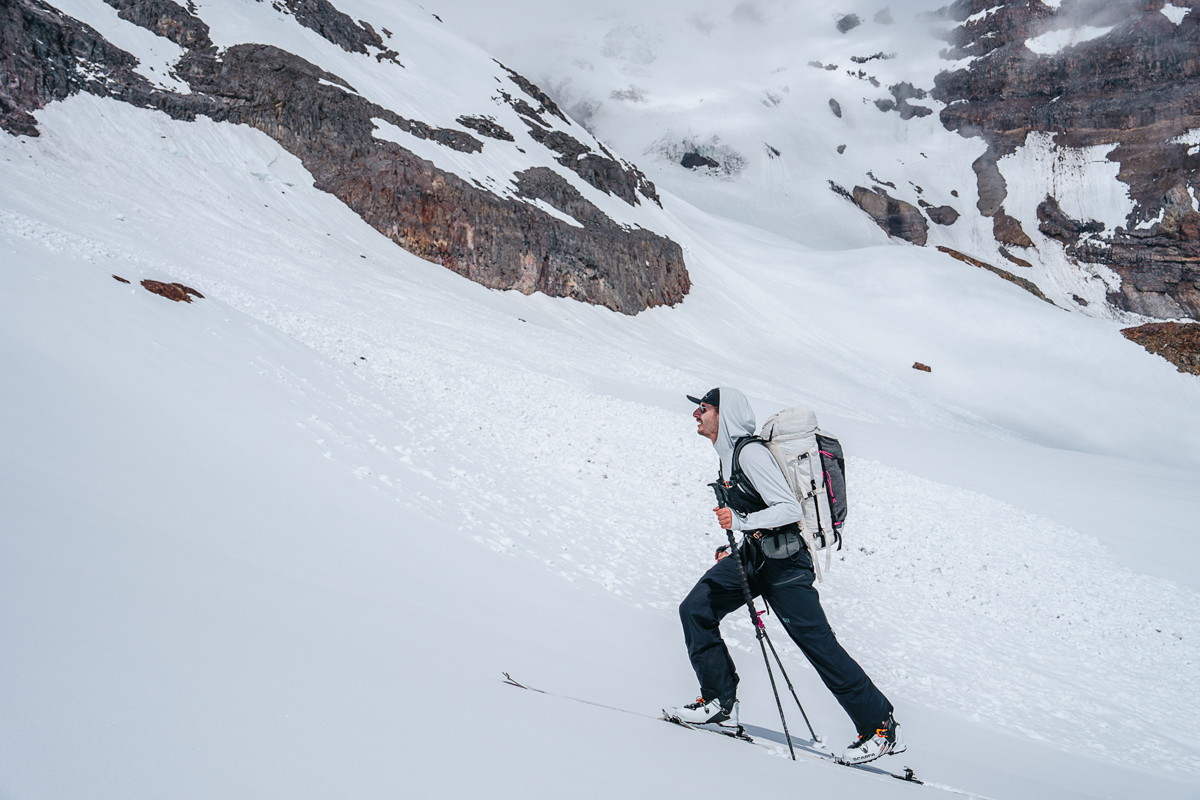
That said, did come away with couple small gripes regarding uphill performance. First, we think the pivot point on the toe is a little far forward, which affected overall touring efficiency—an under-toe pivot would make it easier to lift skis when kick-turning or maneuvering over blowdowns on the trail. We also had some issues with comfort when climbing: The tight fit at the ankle led to rubbing and blisters, which was exacerbated on long outings (more in "Fit, Sizing, and Comfort" below). Heat-molding the liners and punching the shell has helped, but it hasn't entirely eliminated the friction.
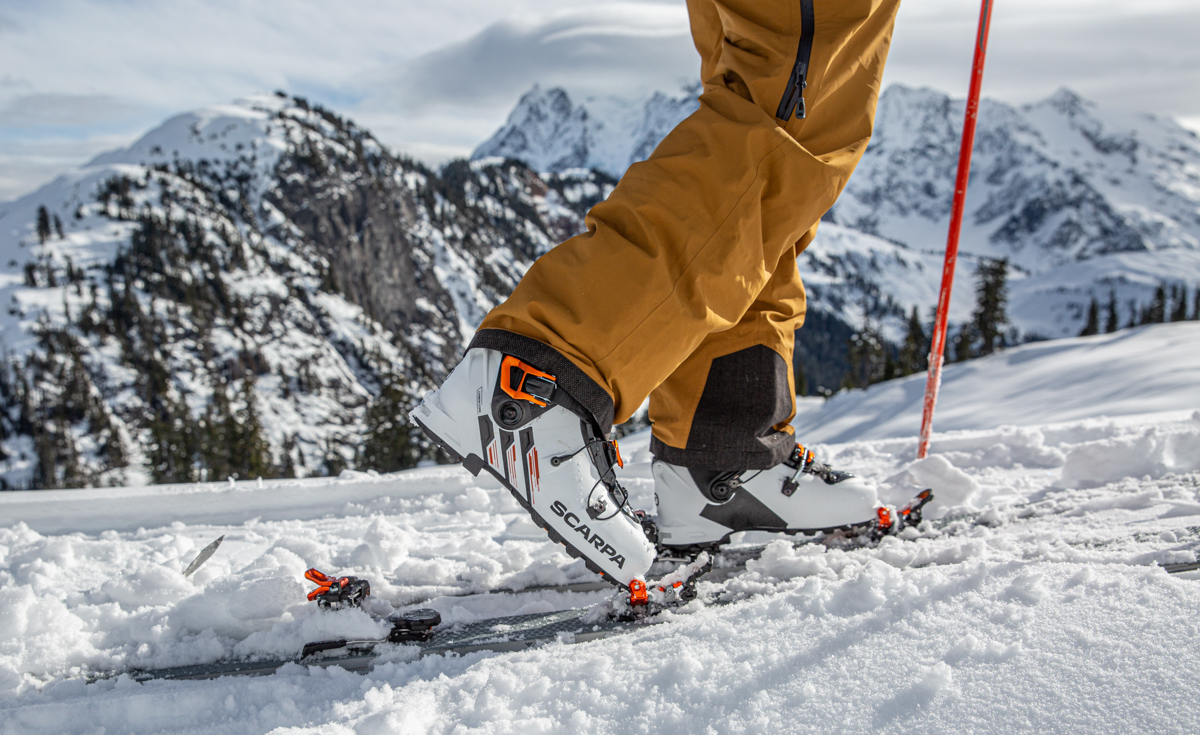
For a lightweight, three-buckle boot, the Maestrale RS has proven to be an excellent performer on the downhill. For reference, we tested the boots with a variety of skis, including Black Diamond’s Helio Carbon 88 and Black Crows’ Camox Freebird (95mm underfoot) and Ferox Freebird (110mm underfoot). Regardless of the pairing, the Maestrale drove the skis reliably through a variety of snow conditions, from fresh powder to chunder left behind by an avalanche earlier in the season. With a stiff 125 flex and 16-degree forward lean, the boots offered excellent support and power transfer when leaning into turns, and the low standing height—which refers to the distance between your foot and the ski—helped maximize responsiveness, which we appreciated when navigating tight trees with heavy overnight packs. It's worth noting that the Maestrale line (including the RS) isn't compatible with alpine bindings, which limits appeal for those who split their time between the resort and backcountry, although hybrid designs like the Salomon Shift will work just fine.
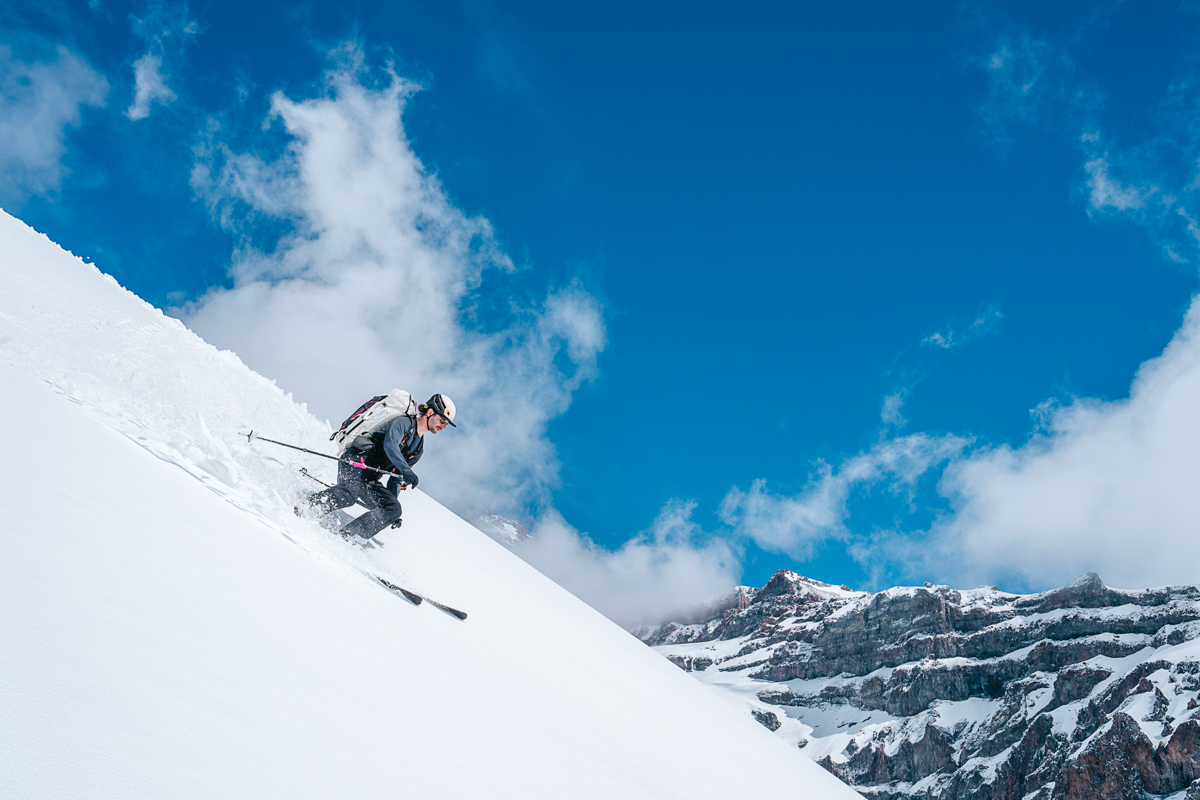
Weighing in at 6 pounds 14.8 ounces for the pair in our size 28 (listed weight is 3 lb. 7.7 oz. for a size 27), the latest Maestral RS is a little heavier than its predecessor but still competitively light among top backcountry designs. For comparison, Scarpa’s own 4 Quattro XT weighs 6 pounds 9.8 ounces for the pair, while Dynafit’s Tigard 130 clocks in at 6 pounds 13.3 ounces (both are considered "hybrid" resort and backcountry designs). To be sure, there are more feathery touring boots out there—like the Tecnica Zero G Tour Pro at 5 pounds 10.3 ounces—but they often come at the sacrifice of downhill performance. Overall, the Maestrale RS strikes a very desirable balance between weight savings and downhill capabilities, which only adds to all-around appeal.
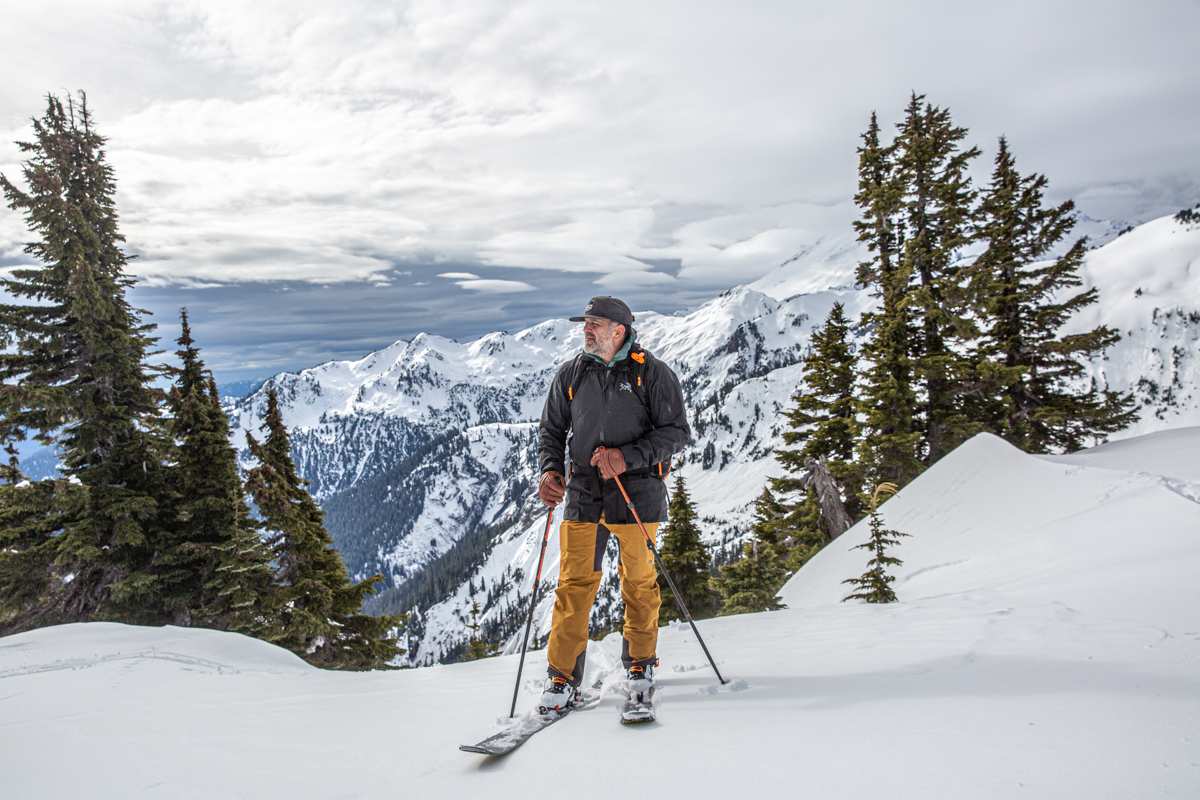
Staying warm in the Pacific Northwest also means keeping dry, and the Maestrale RS’s Intuition liner does a good job at both insulating and encouraging airflow to prevent sweaty feet. For reference, our feet remained warm—but not too warm—when touring into the single digits Fahrenheit and while camping on Mount Rainier's Paradise Glacier. It's worth noting that the latest version of the boots feature slightly more insulation underfoot, which was appreciated in the stormy winter weather we experienced on the volcano.
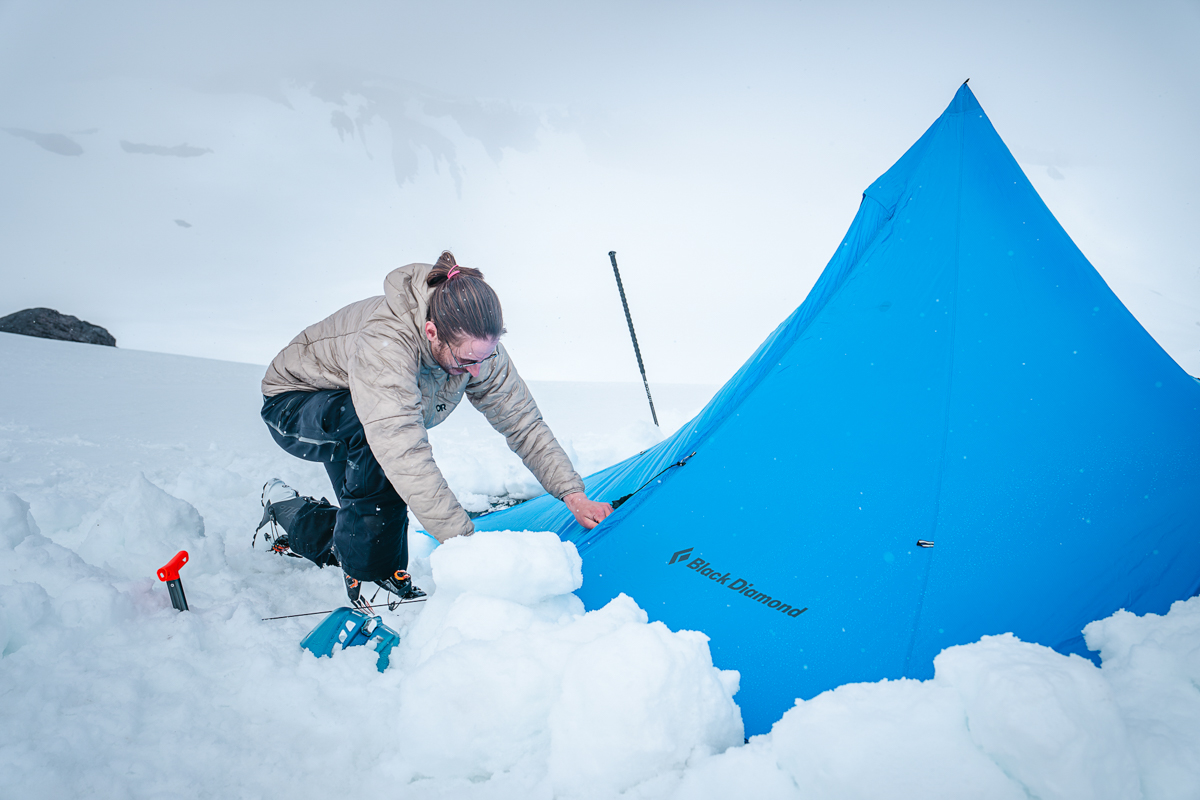
The Maestrale RS’s three-buckle layout helps keeps things light without sacrificing too much downhill performance. For the most part, the buckles are easy to adjust (even when wearing ski gloves) with the exception of the forefoot buckle, which we found a bit tricky to master. Dubbed the Wave Lite closure system, this buckle is connected to a self-equalizing cable that attaches two points, which is designed to function like a fourth buckle. The G-hook power strap—a new feature on the latest Maestrale—is handy but also tough to secure with gloved hands. Once we got the hang of it, however, the G-hook made transitions more efficient, eliminating the need to secure a Velcro strap each time we were ready to start descending.
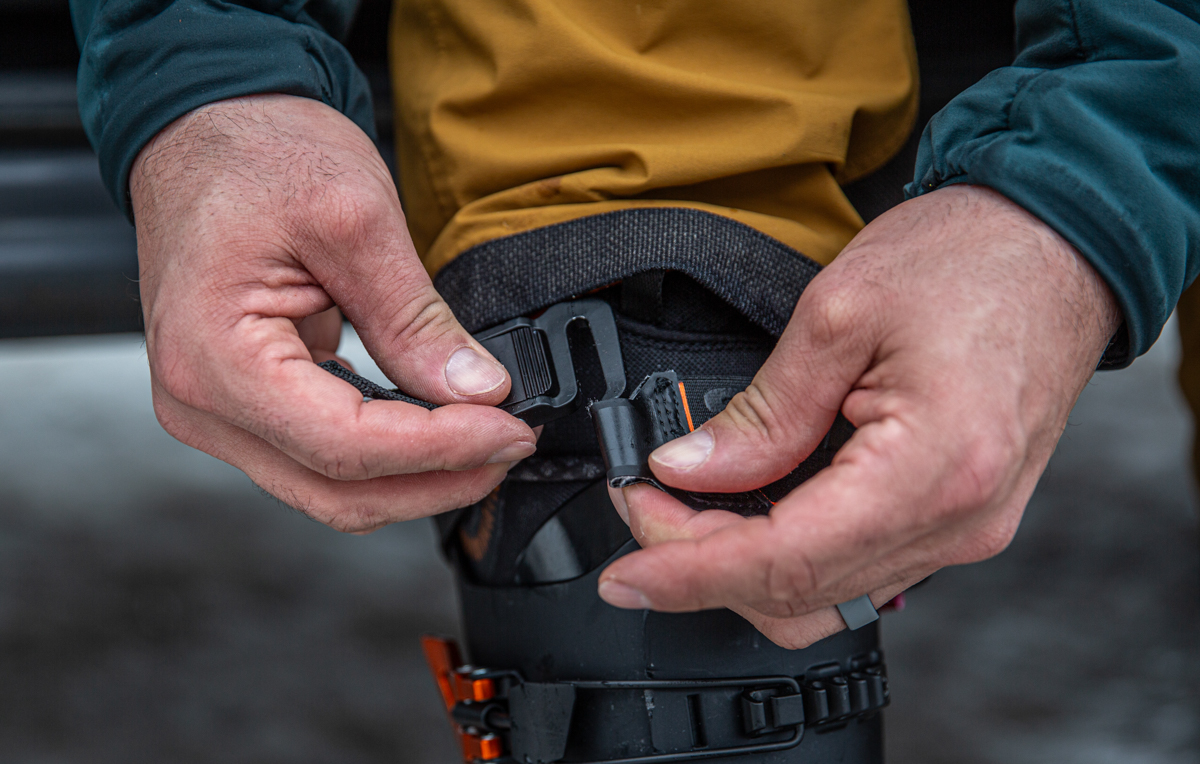
The latest Scapra Maestrale RS features a revamped ski/walk lever (called the Speed MLT) that we found to be more robust, confidence-inspiring, and easier to use than the past model, which featured a more basic spring-loaded lever. It also prevented snow and ice buildup more effectively (a key complaint we had with prior versions), which saves critical time and helps prevent cold fingers during transitions. The pull tab is large and easy to grab when wearing gloves, and we had no issue accessing it even in deep snow. Overall, we consider this one of the best updates to the design.
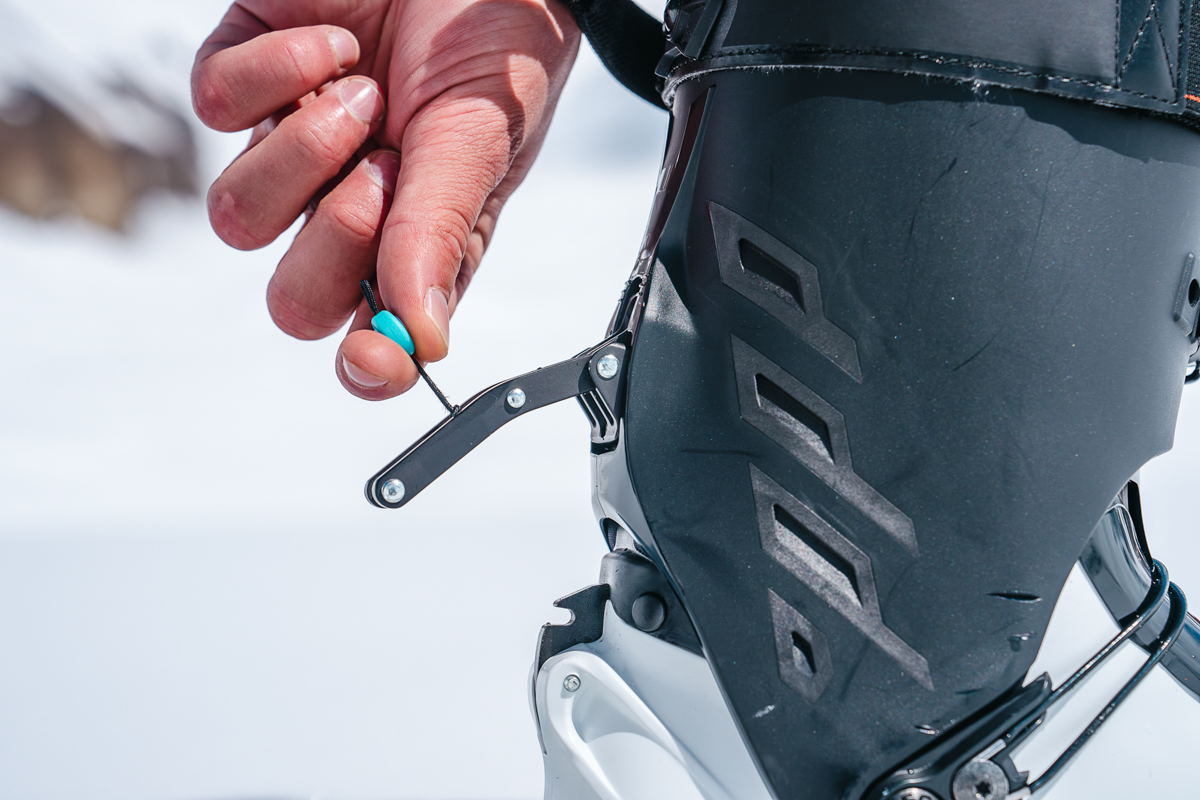
Intuition liners have a solid reputation, and the Maestrale RS's Pro Flex Performance liner proved to be comfortable, warm, and breathable throughout the season. While relatively enjoyable out of the box, we found that heat molding helped minimize the break-in process and effectively dial in fit. It's also worth noting that the tongue can be fitted with laces for added customization, although we didn't find it necessary. Once molded, the liners' stiff and well-padded shin allowed us to snug things down without resulting in any harsh pressure from the buckles. As we touched on above, there's also a good balance between insulation and airflow, which resulted in a good dose of warmth without being overwhelming during exertion.
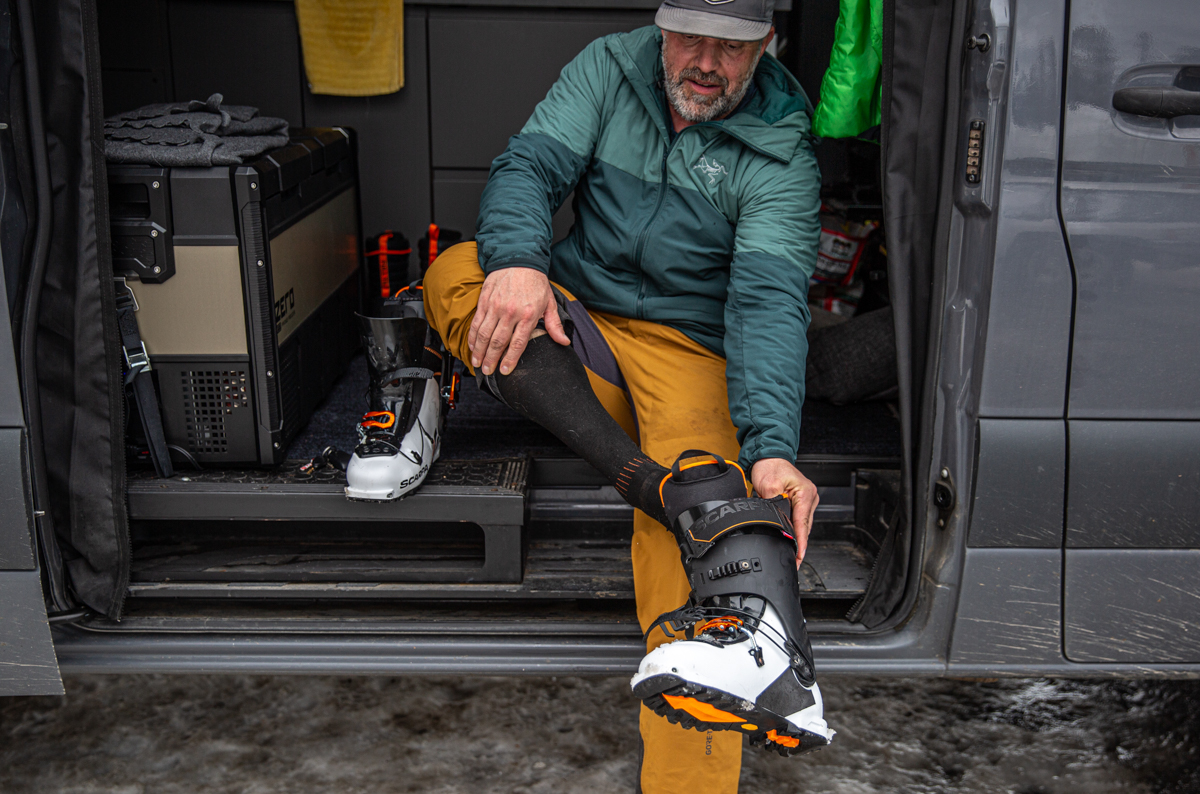
The Maestrale collection has a longstanding track record of reliability, and the latest RS is no exception. All the materials and components are top-notch, from the rigid and tough carbon shell to the quality Intuition liners that remain supple after extended use. Similarly, the Vibram sole has endured frequent contact with rock and ice without any damage to show for it. There are some scuffs and scratches visible on the shell, but all of the wear is purely cosmetic, and we're hopeful that the Maestrale will continue to hold up over the long term.
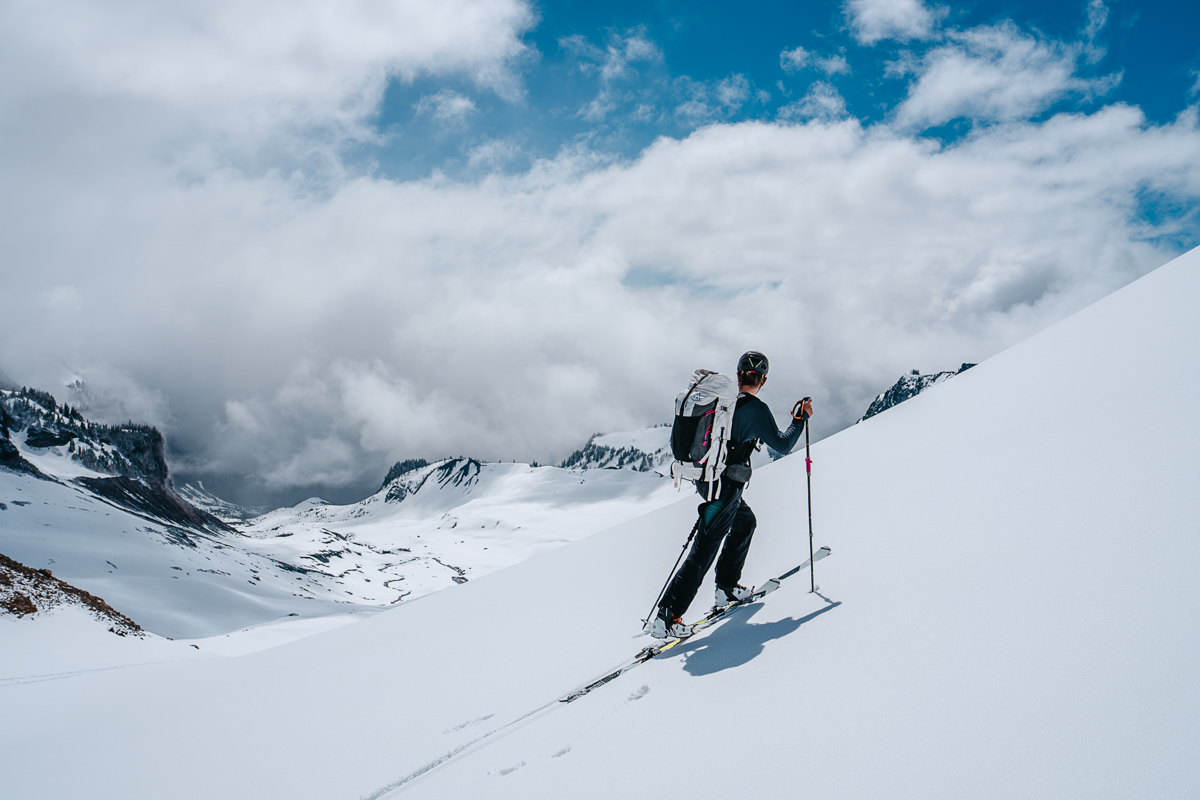
Some of the biggest updates with the latest Scarpa Maestrale RS have to do with fit. Most notably, the 2024 model has a 102-millimeter last (1mm wider than the past version), moving the widest part of the shell farther back on the lateral side of the foot. This is designed to enhance comfort for those who suffer from pressure near the "sixth toe"—a bony protrusion near the pinky toe that causes discomfort for many skiers due to pressure from the shell. The toe box and heel pocket have also been reworked: The former is wider, while the latter is narrower. Finally, Scarpa updated the heel retention system (HRS) strap and added a barrel adjuster to the toe buckle, allowing for additional fit customization.
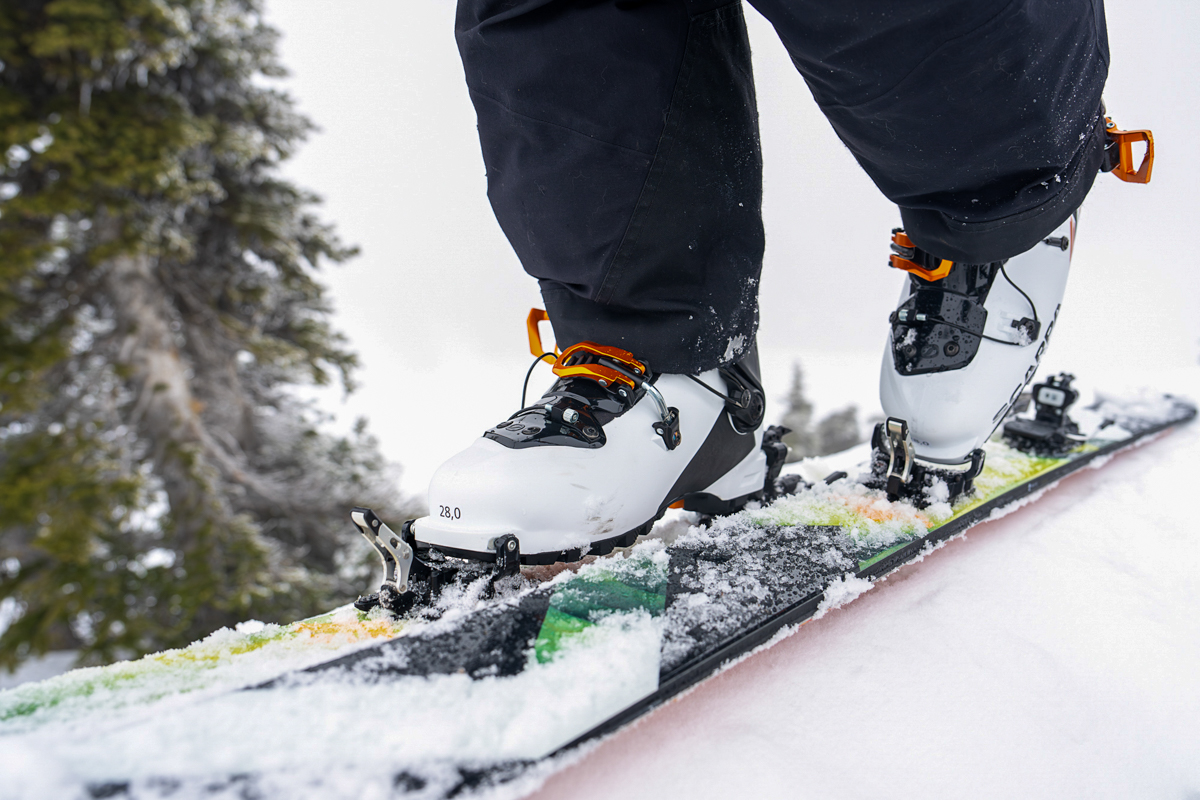
We opted for our usual size in the latest Scarpa Maestrale RS and found it to be true: We didn't feel like we were swimming in the boots despite the added width, and the buckles allow for an even, secure fit. That said, we did experience some discomfort around our ankles and heels. The narrower instep caused our ankle bone to rub against the liner when skinning, resulting in hot spots that eventually turned to full-on blisters. Heat-molding the liner and punching the shell helped, although the friction hasn't gone away entirely. We're optimistic that the issue will lessen over time, but for now, we've settled on pre-taping our ankles and heels to prevent rubbing.
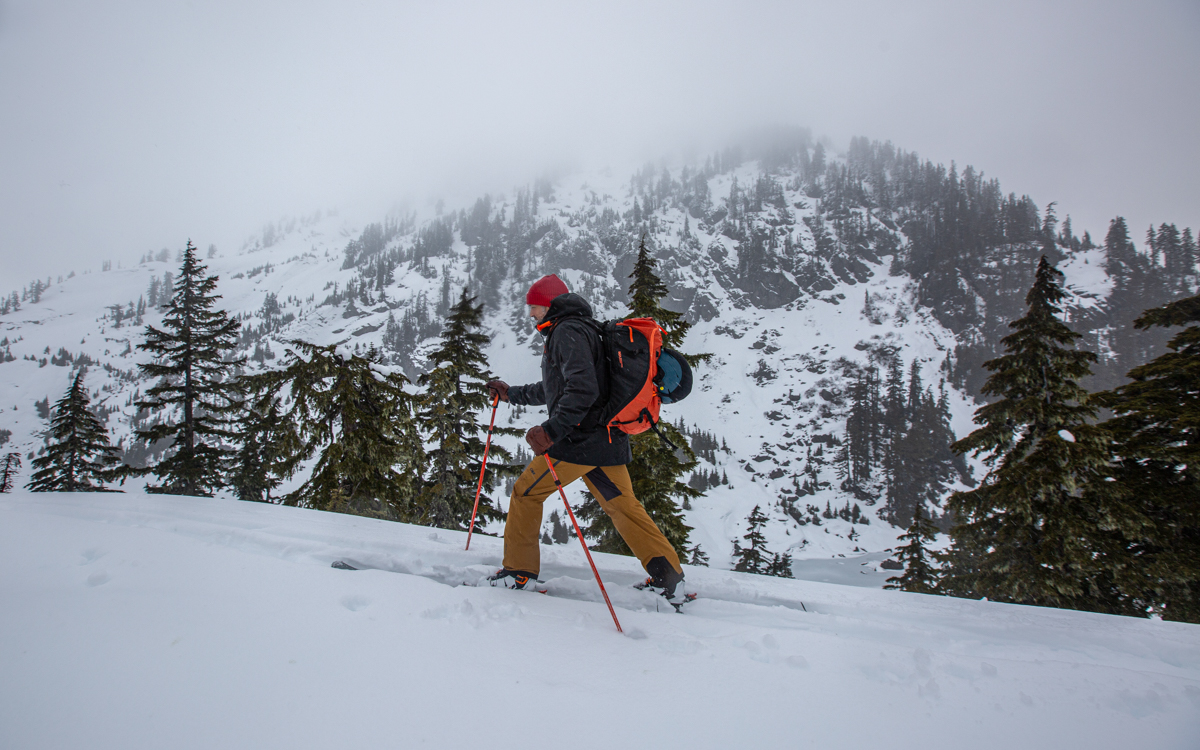
We applaud brands that go the extra mile in creating sustainably built products, and the Maestrale RS has a few tricks up its sleeve. First is the Pebax Rnew cuff, which is made from bio-based materials. It's a similar story with the Grilamid Bio shell, which uses polyamide derived from castor oil. Finally, the boots are listed as PFAS-compliant. Scarpa doesn't specify if this means they are completely PFAS-free, which would indicate that no harmful "forever chemicals" were used, although it does lead us to believe that the boots are exempt from PFAS bans that many states have started introducing. We hope to see a little more transparency in future updates, but we nevertheless appreciate the efforts Scarpa has made thus far.
The RS is the most premium offering in Scarpa's well-known Maestrale collection, but there are several other options available. The standard Maestrale will save you $100 and shares many of the same features, with the biggest difference being a softer 110 flex. It also features a different Intuition liner (Pro Flex Tour), a standard Velcro-secured power strap, and a more basic Pebax cuff. Scarpa also offers the Maestrale Tactical for $699, which is made with a plant-based shell, along with the Maestrale Remade ($799), a limited-edition model that Scarpa touts as the most sustainable design they've ever produced. On the women's side, the Gea collection includes both a standard Gea and Gea RS, with the latter boasting a 120 flex and a higher-volume cuff to accommodate larger calves. All other features remain the same between the men's and women's styles.

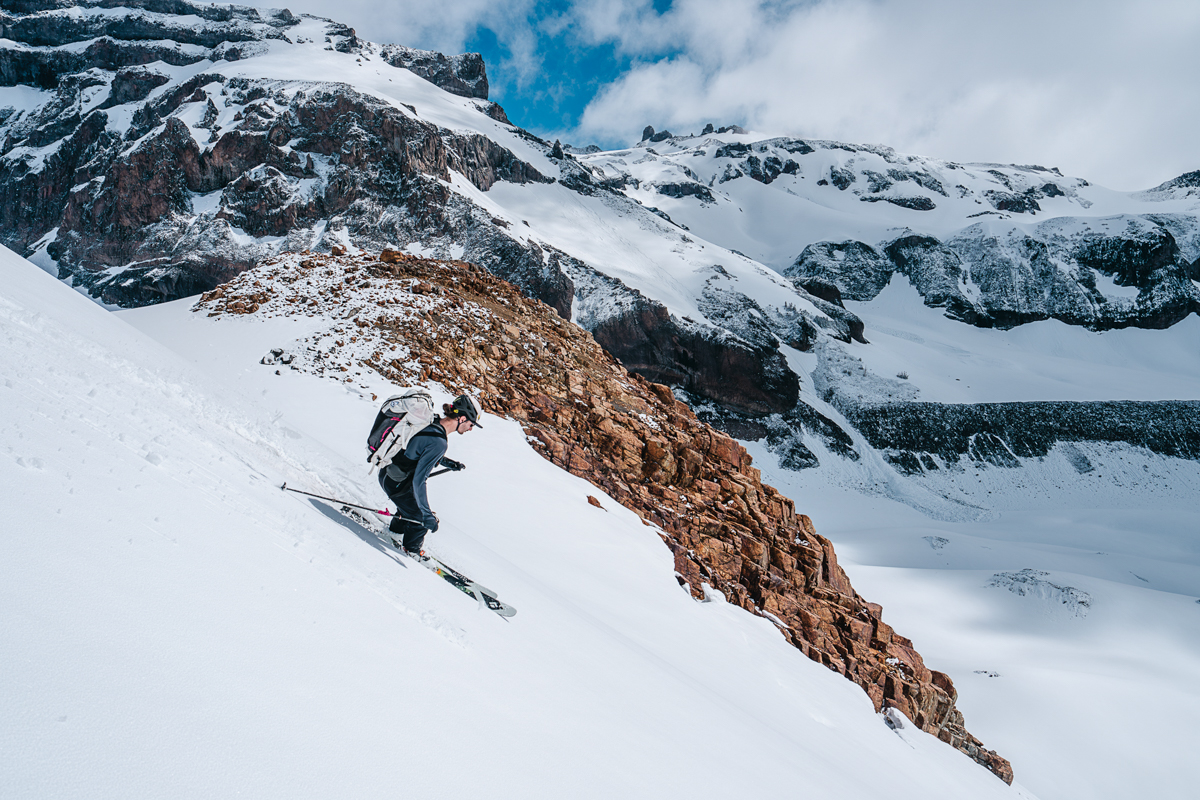
| Boot | Price | Weight | Last | Flex | Motion | Shell |
|---|---|---|---|---|---|---|
| Scarpa Maestrale RS | $949 | 6 lb. 7.7 oz. | 102mm | 125 | 61° | Grilamid, carbon |
| Scarpa 4 Quattro XT | $869 | 6 lb. 9.8 oz. | 100mm | 130 | 60° | Grilamid |
| Tecnica Zero G Tour Pro | $900 | 5 lb. 10.3 oz. | 99mm | 130 | 65° | Grilamid |
| Dynafit Radical Pro | $800 | 6 lb. 2.8 oz. | 103.5mm | 120 | 60° | Grilamid |
| Dynafit Tigard 130 | $800 | 6 lb. 13.3 oz. | 101mm | 130 | 70° | Grilamid, carbon |
The Scarpa Maestrale RS balances its priorities well enough that it's been our favorite overall backcountry ski boot for multiple winters in a row. That said, those who split their time between the resort and backcountry may want to consider a true hybrid design like Scarpa’s own 4 Quattro XT. Unlike the Maestrale, the 4 Quattro XT is compatible with alpine GripWalk bindings, giving it more versatility for spending time in and out of bounds. You also get a slight boost in stiffness (130 flex), a fourth buckle, and an additional degree of forward lean, translating to improved downhill performance. At the same time, the 4 Quattro's carbon-infused shell, 60-degree range of motion, and similar weight (6 lb. 9.8 oz. for the pair) offers solid backcountry appeal. That said, the 4 Quattro forgoes a Vibram sole, has a narrower (100mm) last, and features a less refined ski/walk lever. Those looking for a quiver-of-one boot will likely find the drop in price worth those trade-offs, but we consider the Maestrale to be the more premium backcountry boot.
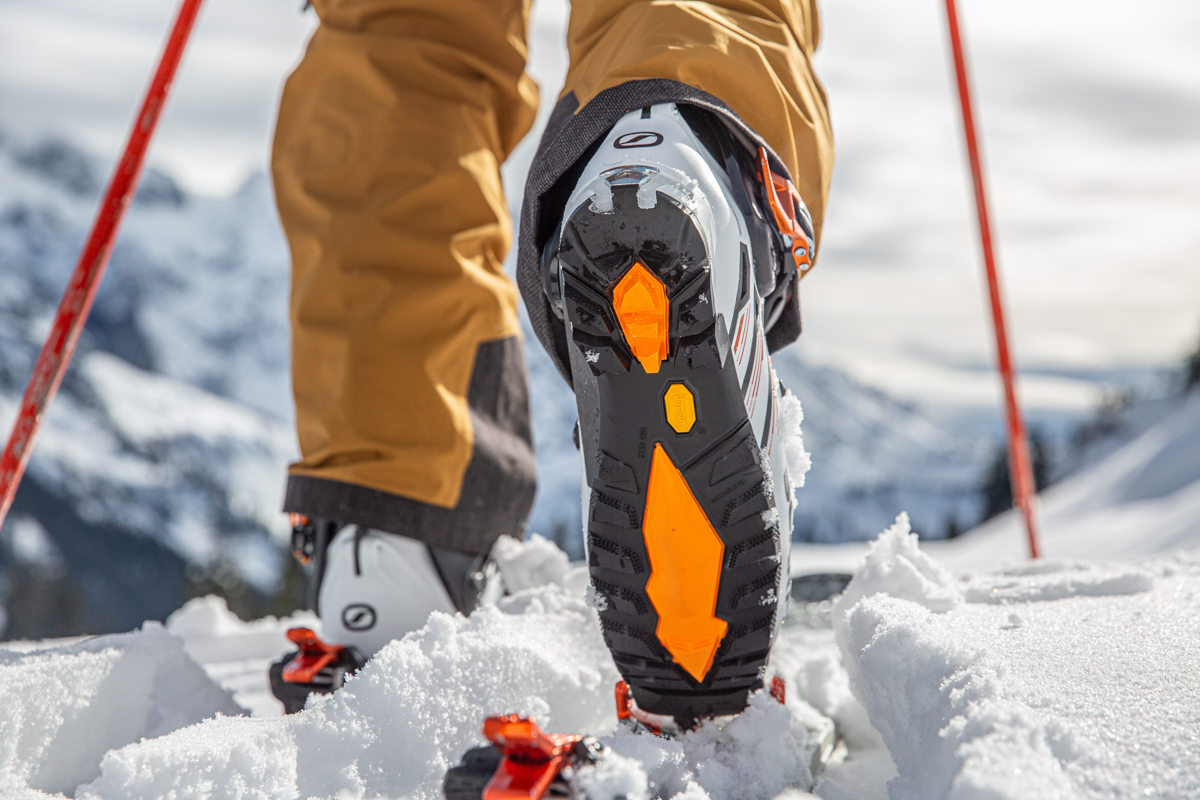
Tecnica’s Zero G Tour Pro is another freeride-oriented touring boot worth having on your radar. Compared to the Maestrale, the Zero G drops considerable weight (nearly a pound per pair) by utilizing a thinner shell and liner. It also features a narrower 99-millimeter last, which won't work for those with higher-volume feet. On the flip side, you get an even stiffer 130 flex, along with a generous 65-degree range of motion (4 more degrees than the Scarpa). In our experience, the Zero G isn't as comfortable as the Maestrale due to its thinner liner, and we worry about the longevity of the more streamlined shell. You can save $50 with the Tecnica boots, but we think the Maestrale's have better skin-track appeal and all-day comfort with very few sacrifices in downhill performance.
Dynafit’s Radical Pro competes closely with the Maestrale RS for a more palatable $800. The Radical Pro is a great fit for the skin track with 60 degrees of flexibility, a lightweight (6 lb. 2.8 oz.) build, and Dynafit's innovative Hoji Lock system that connects the ski/walk lever to the cuff to simplify the transition process. It does fall a little short in downhill performance, however: The Dynafit has a softer 120 flex and only 11 degrees of forward lean (compared to 16 for the Scarpa), along with a roomier last (103.5mm) that may leave some feeling like they're swimming in the boots. It also lacks some of the finer touches of the Maestrale RS—there's no carbon in the shell, and the sole isn't as tacky or premium as Vibram. In the end, we feel committed backcountry riders will benefit from spending up for the Scarpa, but the Radical Pro nevertheless is a solid value and especially appealing for those who don't demand alpine boot-like performance on the downhill.
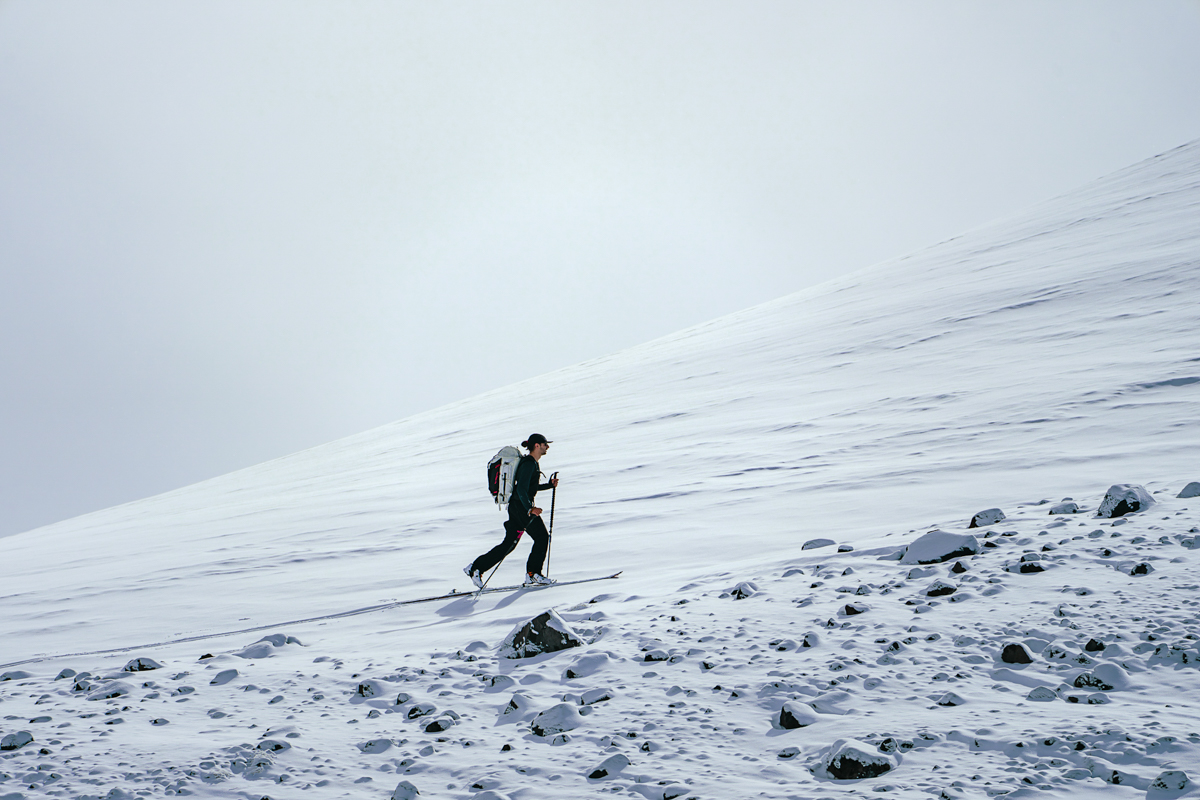
Last but not least is another Dynafit boot to consider: Their stiffer Tigard 130. Nicely tuned for the downhill, the Tigard is slightly stiffer than the Maestrale RS while offering compatibility with alpine boots, along with an additional buckle for added security. For touring, range of motion is impressive at 70 degrees, and there's no shortage of quality touches—from the carbon-infused shell to the efficient Hoji Lock closure system mentioned above. You also get a cozy PrimaLoft liner that offers a nice dose of warmth on cold resort days. The Tigard certainly isn't as streamlined as the Maestrale, checking in around 6 ounces heavier per pair, although the fact that it costs $150 less certainly helps offset that downside. Weight-conscious backcountry riders will likely want to stick with the Scarpa, but the Tigard is a nice alternative for those who like to ride the chairlift just as often as they earn their turns.
If you’re thinking about buying gear that we’ve reviewed on Switchback Travel, you can help support us in the process. Just click on any of the seller links above, and if you make a purchase, we receive a small percentage of the transaction. The cost of the product is the same to you but this helps us continue to test and write about outdoor gear. Thanks and we appreciate your support!
Depending on the seller, most products ship free in the United States on orders of $50 or more. International shipping availability and rates vary by seller. The pricing information on this page is updated hourly but we are not responsible for inaccuracies.